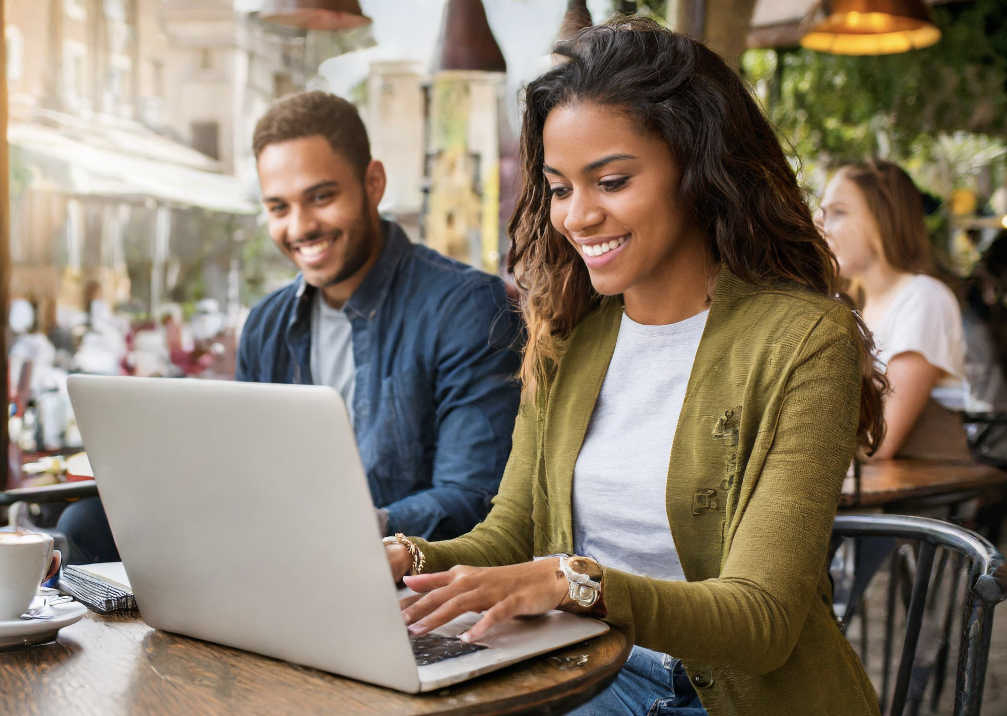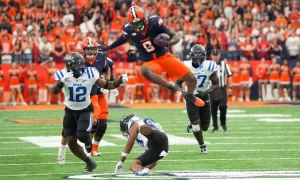Sensory marketing is any marketing campaign designed to entice the five human senses of sight, sound, touch, taste, and smell. For example, online casinos like 7Slots use bright colors on their interface and games to appeal to the sense of sight. New technologies such as artificial intelligence, virtual reality, and the Internet of Things (IoT) empower marketers to create pleasurable, interactive, and engaging sensory marketing brand experiences. In the long term, businesses must develop relevant and effective promotion campaigns.
Understanding Sensory Marketing
Over the past few decades, much research has been done into how customers use the five senses to make buying decisions. This research has resulted in a new field called sensory marketing, which aims to affect customers emotionally through the five senses of touch, taste, smell, sight, and sound. This field was previously limited to conventional physical businesses that aspired to captivate buyers and keep them on store premises for as long as possible. As the COVID-19 pandemic accelerated the shift toward eCommerce, marketers and business owners enquired whether this kind of promotion is still as relevant as it once was. The good news is that sensory marketing is still a beneficial tool in the toolbox of any modern business, both online and brick-and-mortar.
Sensory marketing examples
Our five senses are essential in developing an emotional connection with a brand. Let us see how businesses use sensory marketing in the real world.
Taste
Our sense of taste covers the five sensations of sweet, sour, bitter, salty, and umami. When you taste a product, you use the other four senses to determine if you enjoy what you eat. In business, it is paramount to evolve beyond the basic and standard method of product sampling to create an unforgettable experience. New Orleans beer manufacturer Second Line gave consumers the opportunity to taste a new IPA by taking selfies with company-branded props and being pointed to the closest store that had the beer in stock. The customers who came to sample the beer also encountered the southern hospitality that New Orleans is famous for.
Touch
Can a hands-on experience make a customer fall in love with a product or service? In 2012, the Duct tape company Duck Tape did the Duck Tape Rolls Across America Tour to engage customers, build brand awareness, and increase sales at retail stores. At the center of the campaign was an enormous and vivid green bus that toured America with various interactive activities for duct tape users, including product tutorials, exciting craft projects, and life-size creations.
Smell
Many consumers love the aroma of baked bread in a bakery or supermarket or the distinct scent of cosmetics in a department store. These smell-based experiences are not accidental, and stores are utilizing them to remind patrons of some of their fondest memories. American bakery chain Cinnabon purposely places its ovens near the entrance of each store to ensure the smell of freshly baked goods fills the surrounding area. This tactic has proven so successful that some stores maintain the scent during the day by heating sheets of brown sugar and cinnamon. In clothing, Abercrombie & Fitch stores are known for their unique smell, which is sprayed throughout their stores. The distinctive scent creates a sensory association with the brand.
Sight
The contribution of sight in customer purchase decisions does not need much indulgence. Consumers subconsciously identify brands, color schemes, logos, images, and text. Traditional strategies still work to some extent but mostly on simple product displays. Modern businesses have considered other visual promotion methods, such as online catalogs, videos, art, advertising banners, whitepapers, and magazines. Visual stimuli can also be combined with auditory stimuli to generate that desired emotional experience. The Reunion Tower, with a view deck at 561 feet, grants tourists majestic views of the city of Dallas. This experience is desirable for the eyes, and visitors can download a virtual reality app that improves the orthodox experience of looking out from a tall structure. Apple stores have minimal and aesthetically desirable product displays that appeal to the eyes. The sleek designs and presentations create a sense of refinement.
Sound
Sound is also a commonly used promotion technique, though the value of radio jingles and television adverts is disputable. Research findings have shown that music is a critical emotion regulator and that 75% of customers will remain in a store if they find the music being played enjoyable. On that front, Victoria’s Secret plays classical music in its shops to produce an atmosphere reminiscent of a luxury shopping experience.
Sensory Marketing Helps to Build Brands
Today, sensory marketing is one of the most innovative ways for brands to set off emotions and maintain engagement. What’s great is that it’s available to various businesses, large and small. Whether you sell clothes or electronics, appealing to the senses is an effective method to grow your brand using a multisensory promotion campaign that complements your business.
Designed to emphasize the importance of the customer experience, sensory marketing is a powerful way for any company to make its interactions with customers more meaningful and compelling. It’s also accessible and easy to use, and when done right, it can improve your promotion strategy.


















